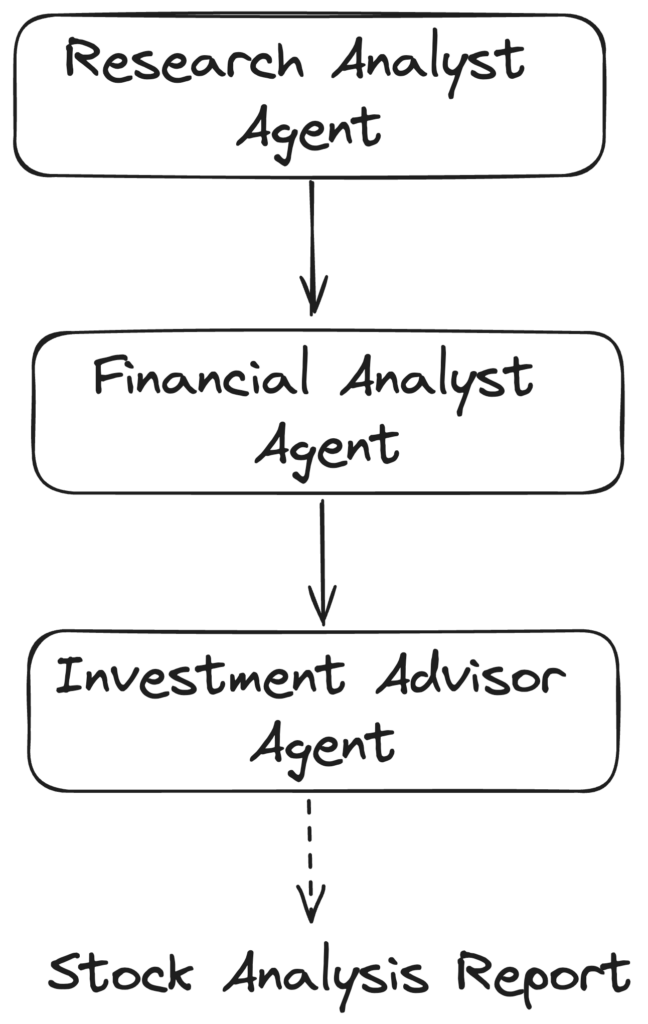20 Good Ideas For Deciding On Ai Trading Sites
20 Good Ideas For Deciding On Ai Trading Sites
Blog Article
Tips To Help You Assess The Costs And Pricing Of Ai Trading Platforms That Can Predict Or Analyze Price Of Stocks.
To make the most of your investment, it's essential to understand and compare pricing for AI stock-predicting/analyzing trading platforms. Prices can be very different, so it's important to understand what you're getting value for your money. Here are 10 top tips for evaluating the cost and pricing.
1. Learn about the Pricing Model
Subscription-based: Find out whether the platform has a monthly or annual cost, and also what features are available on each level.
Pay-per-use: Find out if the platform charges depending on the amount of usage (e.g. the number of transactions, requests for data, or predictions).
Freemium model: Determine whether the platform provides a free tier with only a few features, and charges for premium features.
2. Compare Pricing Tiers
Compare features in each pricing level (e.g. professional, basic).
Scalability: Ensure the pricing tiers align with your requirements, whether you're an individual trader a professional or an institutional member.
Upgrade flexibility: See whether you are able to easily change or upgrade your plan when your needs change.
3. Evaluate Hidden Costs
Data charges are a matter of fact. Find out if you need to pay additional for access to premium data.
Brokerage Fees: Check whether your brokering platform charges additional costs for trade execution or integration.
API usage. Determine whether there are additional costs associated with API access or high-frequency use.
4. Demos as well as Free Trials
Trial period: Select platforms that allow you to test the capabilities of their platform before making an investment.
Check the limits of a trial trial. Does it offer all features?
Option of no-commitment: Make sure you can cancel the trial at any time should it not fit your needs.
5. Find out about discounts and promotions.
Annual discounts: Find out whether the platform provides discounts for annual subscriptions compared to the monthly plan.
Referral programs - Find out if there are any discounts or credits that you can use to refer new users.
Pricing for institutions In the event that you are part of an organization which is larger, inquire about bulk or institution pricing.
6. Review the Return on the investment
Cost vs. value - Determine if the platform's options, capabilities, and forecasts are worth it. For example, does it assist you in making better trading decisions or save time?
Study the platform's success rates or testimonials from users to gauge its potential ROI.
Alternative costs: Comparing the platform's price to the cost that could be incurred if it's not utilized (e.g. missed opportunities, manual analysis of data time).
Review Cancellation Policies
Policy on cancellation: Make sure that you can cancel the subscription without penalty or fees.
Refund policy: Find out if the platform offers refunds for unutilised portions of your subscription.
Auto-renewal Check to see whether your subscription renews automatically and also learn how to choose to stop it.
8. Review Transparency of Pricing
Price page that is clear Make sure that your platform provides a thorough and precise pricing page with no hidden charges.
Customer Support: Contact Customer Service to clarify any unclear pricing details or extra charges.
Contract Terms: Check the conditions of service to determine if there are any long-term agreements or penalties.
9. Compare with Competitors
Comparison of features: Make sure you're getting the best price and platform by comparing it to its competition.
Review of user reviews: Read feedback from users and see whether other users agree that it's worth the effort.
Market positioning: Find out whether it is priced as a premium, mid-tier, or a budget choice and if it is in line with your expectations.
10. Assess the long-term costs
Price increases: Check if the website has a history of raising prices and the frequency at which this happens.
Feature additions: Assess whether you have new features in your plan currently or require an upgrade.
Scalability costs: Ensure the pricing of your platform is reasonable in the event that your trading activities or data requirements increase.
Bonus Tips:
Test multiple platforms. You can test multiple platforms for free, and then evaluate them.
Negotiate pricing: If you're a frequent user or a member of a larger institution, ask about special pricing or discounts.
Find free educational tools and sources. Some platforms provide educational tools or resources that are free.
Use these guidelines to evaluate the price and cost of AI platform for analyzing and predicting stocks. Choose one that meets your needs and fits within your budget. A balanced platform will offer you the most efficient of both cost and performance. See the most popular additional hints about ai trading platform for blog recommendations including ai stock trading app, ai invest, trader ai intal, best stock analysis app, copyright advisor, trading ai, using ai to trade stocks, best stock analysis app, stocks ai, best ai for trading and more.
Top 10 Tips For Assessing The Transparency Of Ai Stock Predicting/Analysing Trading Platforms
Transparency is an important factor when evaluating AI platforms for stock trading and prediction. It guarantees that the users can trust the operations of the platform and understand the way in which decisions are made and verify the accuracy of predictions. Here are 10 suggestions for evaluating the transparency of platforms.
1. AI Models explained in simple terms
TIP: Make sure that the platform explains the AI models and algorithms employed to create predictions.
The reason: Understanding the basic technology can help users evaluate its validity and weaknesses.
2. Sources of Disclosure for Data
Tip: Check if the platform discloses the data sources it uses (e.g. historic stock data, social media).
The reason: Knowing the sources of data can help ensure that the platform is using accurate and comprehensive data.
3. Performance Metrics and Backtesting Results
TIP: Ensure there is transparency in reporting performance metrics (e.g. accuracy rates, ROI), and backtesting outcomes.
Why: It allows users to check historical performance and the effectiveness of their platform.
4. Real-time updates and notifications
Tip. Make sure the platform provides real-time updates or notifications regarding system and trade changes, as well as predictions.
The reason is that real-time transparency gives users continuous updates on critical actions.
5. Transparency in Communication regarding Limitations
Tip: Make sure the platform clearly outlines the potential risks and drawbacks of their trading strategies and predictions.
The reason: Recognizing limits increases confidence and allows you to make better choices.
6. Raw Data Access for Users
Tips: Determine if users can access raw data, or even intermediate results that are used by AI models.
Why: Users can perform their own analysis using the raw data as well as confirm their findings.
7. Transparency in Fees and Charges
Tip: Make sure that all subscription fees, charges, and other cost-savings are clearly listed on the platform.
The reason: Transparent pricing avoids unexpected costs and builds confidence.
8. Regular Reporting and Audits
Check whether the platform issues regular reports or is subject to audits by third party auditors to check its effectiveness.
The reason: Independent verification increases credibility and ensures accountability.
9. The logical explanation of predictions
TIP: Search for information about the process by which the platform creates predictions or specific suggestions (e.g. important features and decision trees).
The reason: Explainability helps users to comprehend AI decisions.
10. Customer Feedback and User Support Channels
Tip. Determine whether there are any channels that can be used to provide feedback from users, support and transparency in response to concerns of users.
Why: Responsive communication demonstrates a commitment to transparency and customer satisfaction.
Bonus Tip – Regulatory Compliance
Be sure that the platform follows and is transparent regarding its compliance with financial regulations. This adds another layer of trustworthiness to the platform.
When you thoroughly examine these elements, you can determine whether an AI stock prediction and trading platform operates in a transparent manner, allowing you to make informed decisions and build confidence in its capabilities. See the top rated ai trader for blog recommendations including ai stocks, chart analysis ai, ai trading tools, best stock advisor, ai trading platform, trading ai, ai chart analysis, copyright financial advisor, best ai stock, canadian ai stocks and more.